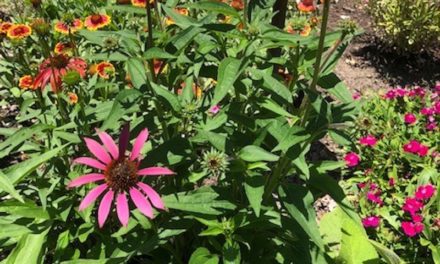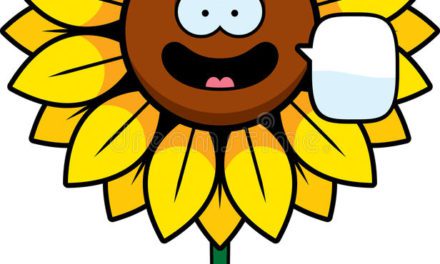 Lent is a time for letting go and getting ready (penitence and fasting).
Lent is a time for letting go and getting ready (penitence and fasting).
Unseasonably warm weather for the last month of winter has me wondering what’s in store.
I have azaleas blooming through piles of debris and lots of firewood cut for next winter. We still have a couple more weeks of winter before the spring equinox and a late Easter this year. Whether or not a gardener practices a certain religion, this season is full of anticipation of great blooms, fruits, and vegetables. It is hard to deny the warm days in late February and early March. Can I unpack my shorts? Should I tune up the lawn mower, fix the sprinklers, or fertilize the grass?
There are certain tasks that should be done in anticipation of the long growing season ahead in coastal South Carolina. If your crystal ball were working properly you would know just what to do; getting the lawnmower serviced, blades sharpened, and sprinkler system tuned up are no brainers. Fertilizer can wait for another 4-6 weeks. Fasting now is better than over applying Nitrogen fertilizers to your dormant lawns and shrubs. Let plants rest. Think of how you like to sleep later on a weekend morning. Give your plants that same pleasure. Dormancy is ok. Pushing fertilizers can promote lawn diseases and insect pests. Applying fertilizer at the right time will optimize the benefits of the nutrients and healthy plants are more likely to resist pests and pathogens.
Prune in late winter to remove dead, broken or crossing branches. This should be done before the spring flush of leaves on summer flowering trees and shrubs. Many of these bloom on new growth. If heavy pruning is done after the spring flush the plant may not be able to recover the energy it had held in reserve during dormancy. Don’t prune “mophead” hydrangeas now, because they set their flower buds during the previous summer and bloom on “old” wood. As Camellias and azaleas finish blooming they can be pruned for shape, size or to improve air flow inside the canopy. You can always apply compost and mulch after grooming them.
Enjoy the early bloomers like dogwood, redbud, maple, and the Japanese magnolias. Our rosemary which is almost the size of a Volkswagen is covered with honeybees hovering over pale blue blossoms; the Irish bells and daffodils are popping out all over the county. This is the best season for snapdragons and pansies. Keep them fertilized and deadheaded for repeat blooms and cut flowers.
Since we are still in hurricane recovery and finding lots more light, and in some cases large parts of the landscape that need to be replaced or replanted, this is a good time to reassess the plant selection. Consider using native plants to attract pollinators, as well as for low maintenance and beauty.
Visit the Clemson Home and Garden website for help with planning a garden, fact sheets on various plants, and problems. http://www.clemson.edu/extension/hgic/
Carolina Yards has a plant database to help choose plants for your landscape. http://www.clemson.edu/extension/carolinayards/
Happy Spring, almost!!








